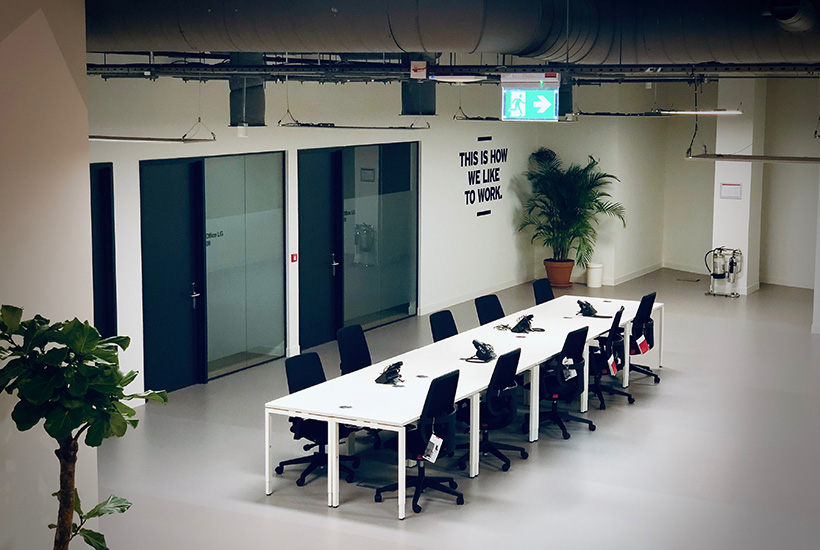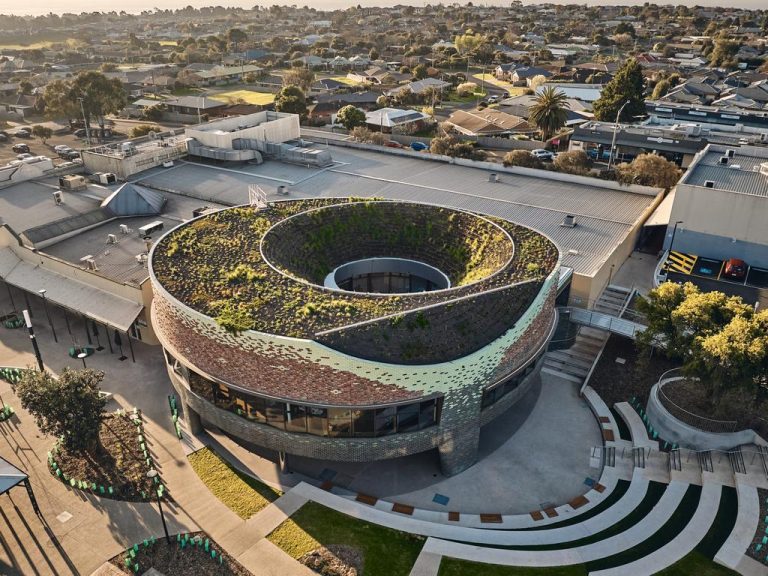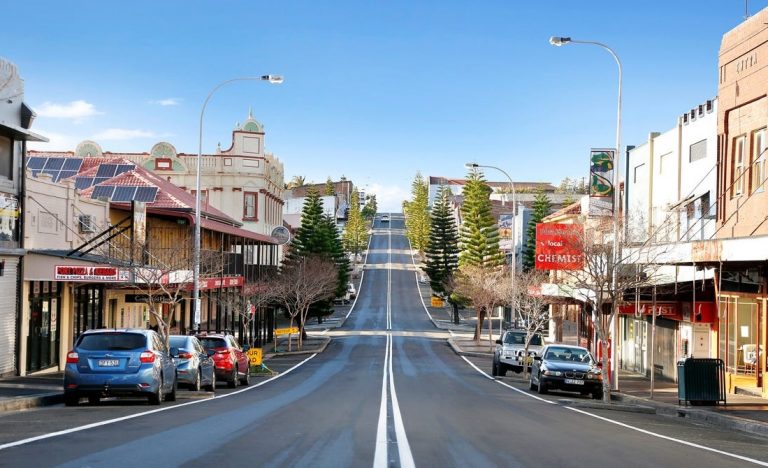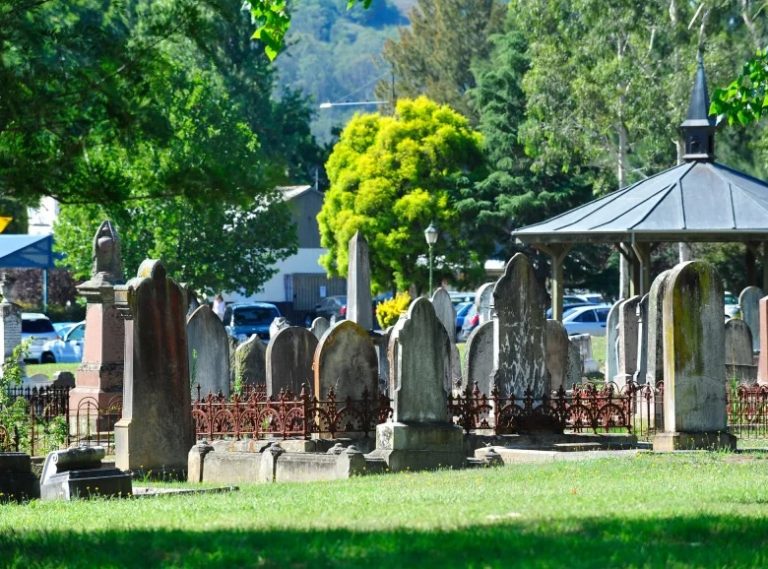Guess what’s next in office perks?

Forget about installing that ping pong table – it’s taking far more to impress Australia’s increasingly picky corporate tenants.
Facial recognition for employees – or the ability to control air conditioning from your desk – are among the options for tenants as office owners dig deeper into the digitised world.
A trends report from commercial property giant JLL reveals office spaces around the nation are increasingly offering more health and wellbeing incentives to keep workers happy.
Commercial Insights: Subscribe to receive the latest news and updates
But in an environment where end-of-trip facilities, meditation spaces, concierge and even dry cleaning services are becoming the norm – connectivity in the work place is a stand-out priority.
JLL Victorian tenant representation director Kate Pilgrim says landlords are being forced to think outside the box.

“We’re seeing building owners who want to compete for high-quality tenants responding with the next generation of tech-based initiatives,” she says.
It comes as more than six million people across Europe, the US and Canada now work in buildings certified by WiredScore, a rating scheme that verifies landlords’ investment in technology.
A report from Progress Software found about 85% of decision-makers believe if they don’t digitally transform within the next two years, they’ll fall behind the competition.
“The challenge is integrating this new tech into office design,” Pilgrim says.
“Where we’re moving is toward facial recognition entry that will let employees walk in without fumbling passes.
“Visitors will be texted a QR code for entry. Everyone will be able to control air conditioning from their desks.”

The JLL Tenant Trends September 2019 report shows the pressure is mounting on landlords in Perth, Adelaide and Brisbane where there is more stock to choose from.
Perth CBD’s office vacancy rate is 6.4% above the 10-year average (14%) in the second quarter this year.
Adelaide’s 14% vacancy rate has even prompted businesses to ask for shorter leases for smaller spaces.
But it’s a different story in Melbourne and Sydney where office space remains tight – with a 3.8%and 4.1% vacancy rates respectively.
AT A GLANCE
ADELAIDE
Vacancy rate 14%. 9000 sqm absorbed in 2018/19.
Prime gross effective rents rose by 5.4% over the 2018/19 financial year.
BRISBANE
CBD vacancy rate 11%, with prime vacancy at 7%. 34,200 sqm absorbed in 2018/19, including 9300 sqm in 2019 second quarter.
CANBERRA
Vacancy rate 11%. Tenants are increasingly asking for end-of-trip facilities in a city where commuter cycling is popular.
MELBOURNE
Vacancy rate 3.8%.
93,700 sqm absorption rate in 2018/19 Education providers accounted for approximately 10% of CBD take-up during the past five years.
PERTH
Vacancy rate 20%. The education sector continues to expand into the CBD, including a new Curtin University premise
SYDNEY
Vacancy rate 4.1%, below the 25-year average of 8.3%. Limited stock until 2024 signals a tight time for existing stock.







